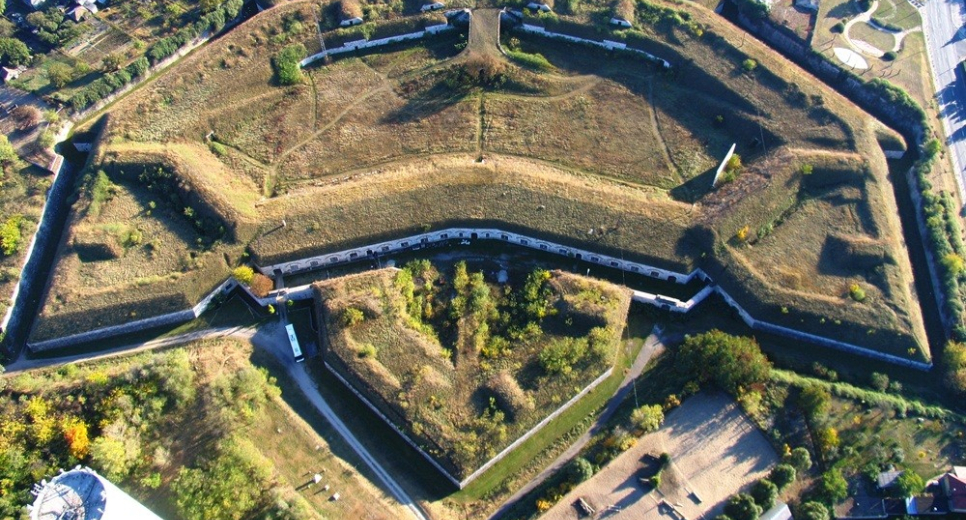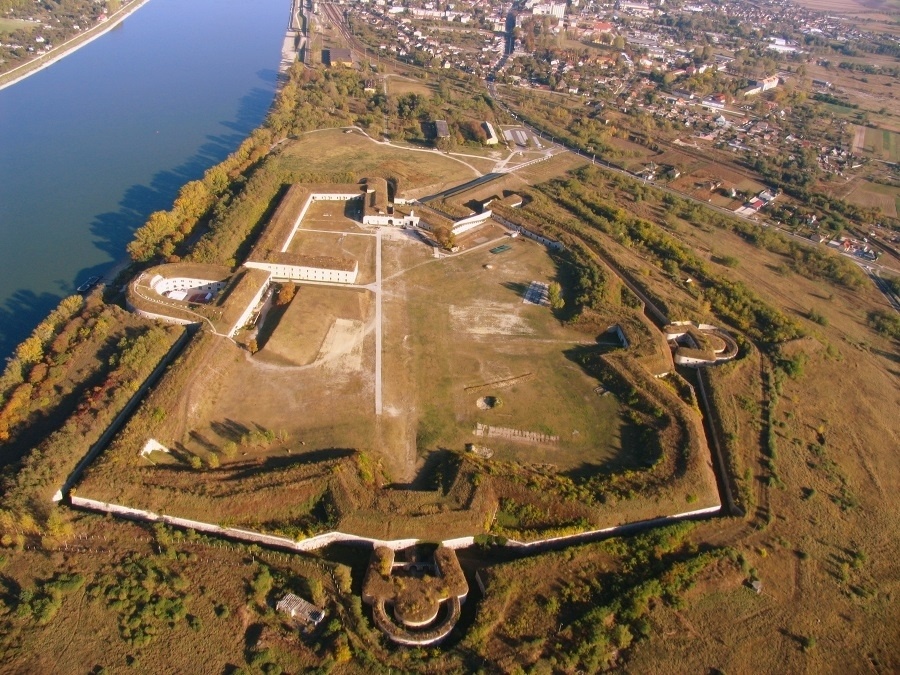Tata Castle
Tata was confiscated by King Sigismund in 1397 from the Lackfies, who was accused of infidelity to the king, and then a major construction project was started. There are some stone carvings that reveal some information about the outfit of the palace wings between the four corner towers. The castle, built on the shore of the lake, was protected by the lake itself in the east while a 12-14 meters deep moat flooded with water of the lake in the south and west. By 1409 the bright royal palace could be completed, where Sigismund visited his court. The magnificent countryside has been a great opportunity for relaxation and hunting in the Vértes forests. At the same time, the country's affairs were handled here, with several famous rulers, scholars, knights in the walls of the castle. In 1426 Zsigmond plundered the estates of Tata for István Rozgonyi, then King Matthias bought it back from him in 1467. Tata's golden age was in King Matthias's time, who rebuilt the ruinous castle in a renaissance style. The enclosed rectangle of the courtyard was surrounded by a double-deck cloister. King Matthias often went to rest here, Tata was one of his favorite places to stay. At the time of the Turkish occupation, Tata became an important part of the border fortress system. The Turkish troops heading for Komárom had to be stopped here. During this time, the castle often changed hands, and the fights also damaged the building. After 1568, the outer defenses, the Italian bastions, were built. Two of its bastions (Ferranas and Rosenberg bastions) preserve the names of former captains. The Goat Bastion was built in 1586. The castle was surrounded by a moat and the new gate entrance was completed. In 1683, however, the castle was blown up by Kara Mustafa, most of the castle was destroyed. The walls of today's castle reflect the style of romantic architecture, thanks to the Esterházy family that once lived here. The building on the shore of the Old Lake is still an eye-catching sight. It is currently home to the Kuny Domokos Museum, where tourists can see periodic exhibitions.


